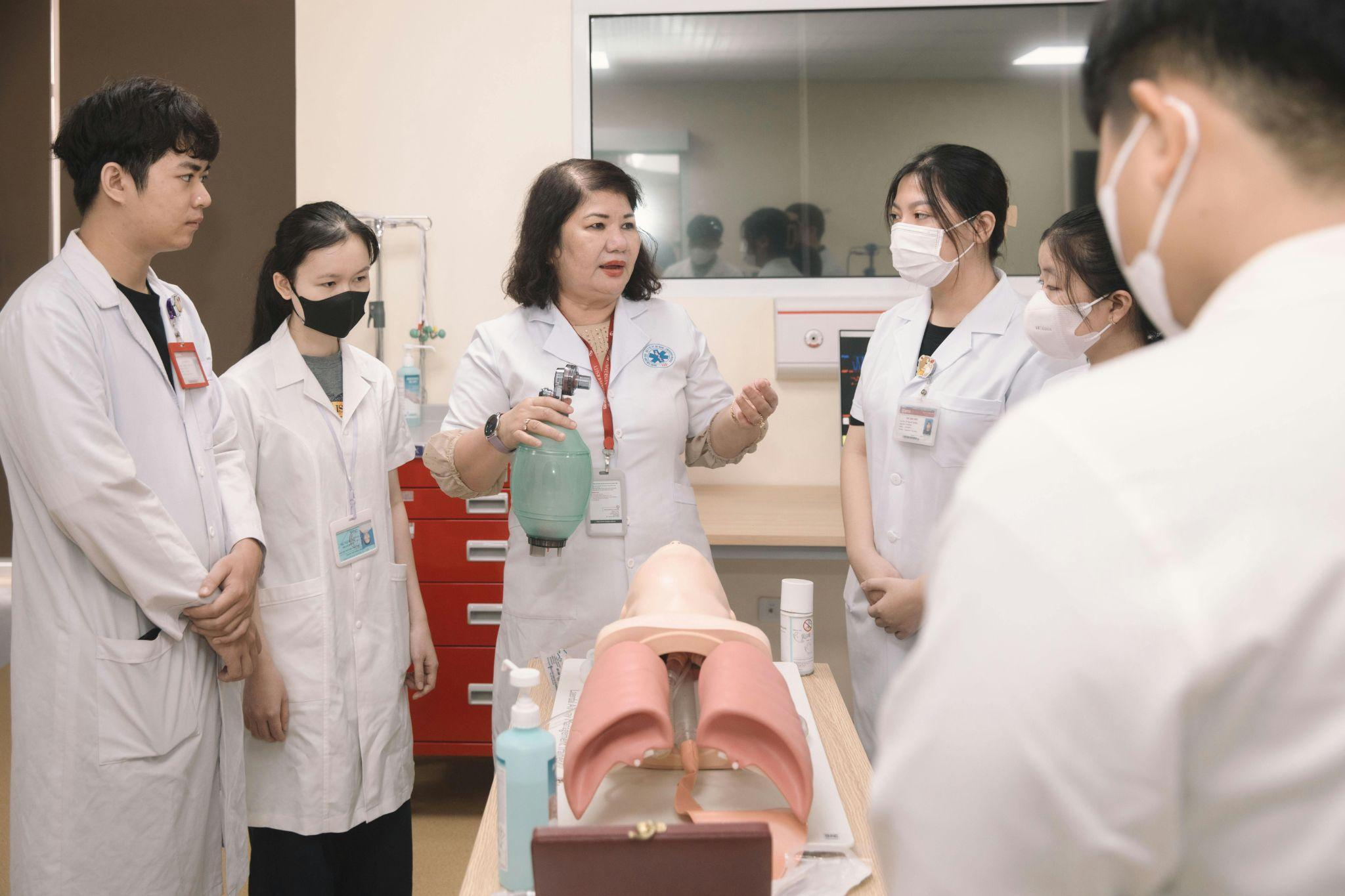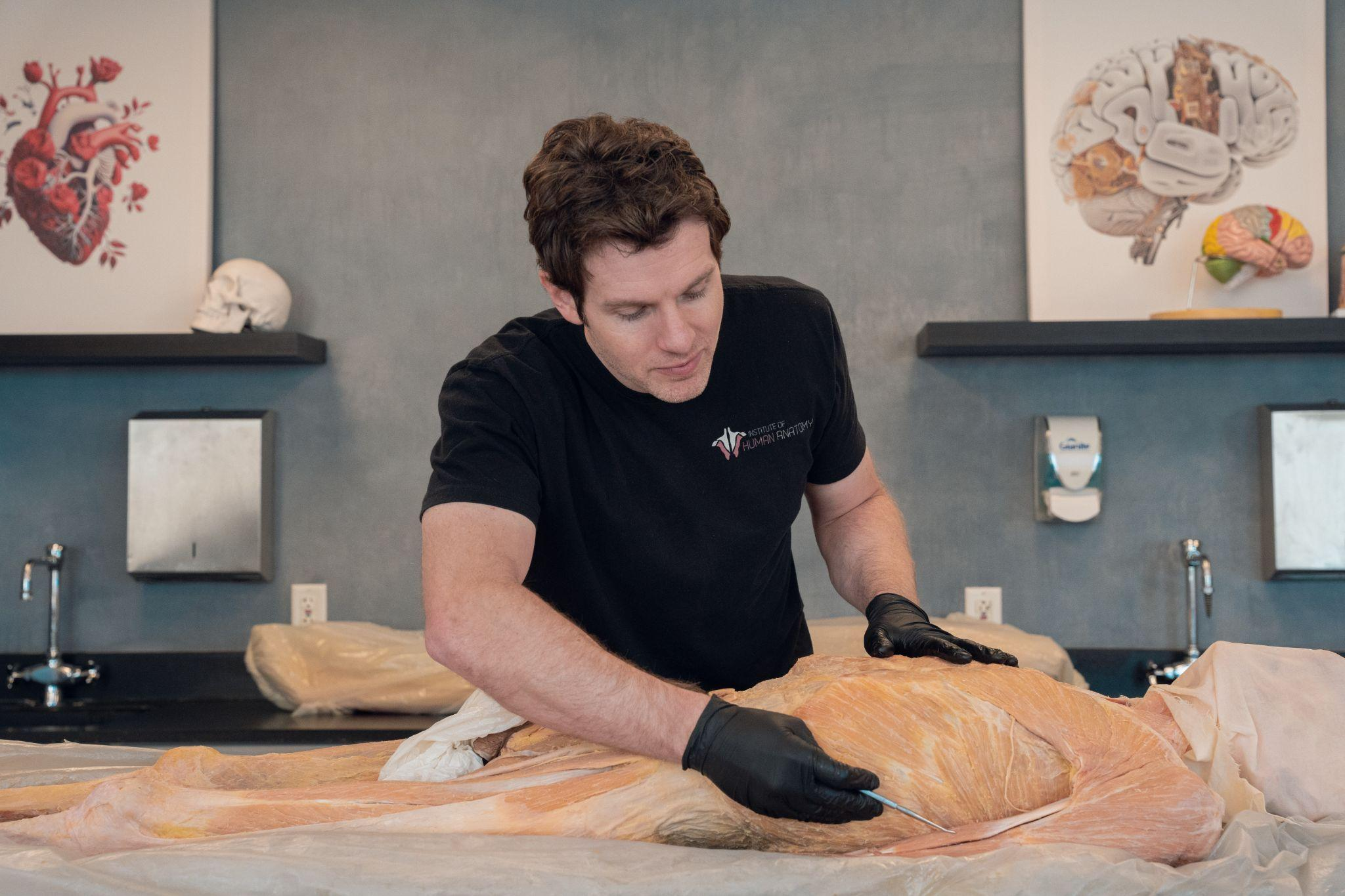Careers in Anatomy: How to Turn Your Passion for the Human Body into a Profession
Sep 02, 2025
The human body is a masterpiece of biological engineering, a complex interplay of systems that has fascinated scientists, artists, and healers for millennia. If you’re captivated by anatomy, you’re not just nurturing a hobby; you’re cultivating the foundation for a rewarding and impactful career. At the Institute of Human Anatomy (IOHA), we specialize in transforming anatomical curiosity into professional expertise through courses and hands-on education.
Anatomy isn’t limited to medical schools or labs. Today, it intersects with technology, art, forensics, and even entrepreneurship. According to industry projections, the global healthcare education market is expected to grow to $210 billion by 2030, driven by advancements in medical technology and an aging population. This expansion creates opportunities for anatomy enthusiasts to carve unique career paths, from teaching future surgeons to designing virtual reality (VR) anatomy tools.
This guide explores eight diverse career paths in anatomy, tailored to different interests and skill sets. We’ll cover roles in medical education, clinical research, digital innovation, and emerging fields like biotech. Along the way, you’ll discover how IOHA’s resources, like our Foundations of Human Anatomy course, it can equip you with the credentials and the knowledge to thrive
1. Medical Education: Shaping the Next Generation of Healthcare Providers

Career Overview
Medical educators are the backbone of healthcare training, teaching anatomy to medical students, nurses, and allied health professionals. They work in universities, hospitals, or e-learning platforms, blending traditional cadaveric studies with cutting-edge tools like 3D anatomical models and VR simulations.
Why It’s Rewarding
- Impact: Educators play a pivotal role in shaping the skills of future surgeons, physical therapists, and radiologists. A strong foundation in anatomy, particularly its surgical applications, is essential for training competent surgeons, ensuring they master both theory and practical techniques.
- Innovation: The shift to digital learning has transformed anatomy education, enabling instructors to create dynamic, interactive courses. Tools like IOHA’s Quiz Pack Bundles are widely used by educators to assess student understanding, making learning more engaging and effective.
2. Clinical Anatomy Roles: From Forensics to Rehabilitation
Career Paths
- Forensic Anthropologist: Analyze skeletal remains to solve crimes or identify historical figures. Requires expertise in osteology and trauma patterns.
- Rehabilitation Specialist: Collaborate with physical therapists to design recovery plans based on musculoskeletal mechanics.
- Medical Illustrator: Create detailed visuals for textbooks, apps, or patient education.
Skills Needed
- Attention to Detail - Crucial for identifying subtle anatomical variations that could alter diagnoses (e.g., distinguishing benign vs. malignant tumors in imaging).
- Technological Proficiency - Essential for using tools like MRI segmentation software, which improves accuracy in analyzing brain structures for conditions like Alzheimer’s.
- Effective Communication - Necessary to simplify complex medical concepts for patients, jurors, or colleagues (e.g., explaining gut-brain axis disorders in rehab using clear analogies).
IOHA Resources
Understanding the Microbiome can help patients in rehab understand gut-brain axis disorders, which involve the bidirectional communication between the gut microbiome and the brain
3. Research Opportunities: Pioneering Discoveries in Human Biology

Fields of Study
- Developmental Anatomy: Study how organs form in embryos to address congenital disorders.
- Comparative Anatomy: Explore evolutionary links between species.
- Neuroanatomy: Map brain pathways to advance treatments for Alzheimer’s or Parkinson’s.
Breaking into Research
- Advanced Degrees: PhDs are standard, but some roles accept master’s candidates.
- Lab Experience: Start as a research assistant to gain hands-on skills.
- Publish Early: Contribute to studies cited by authoritative sources like the National Institutes of Health (NIH).
IOHA’s Role
Our courses emphasize research literacy, teaching students to interpret studies on topics like Endocrine System Interactions.
4. Anatomy Education Beyond the Classroom: Digital Innovators
Emerging Roles
- E-Learning Developer: Create interactive courses for platforms like Coursera.
- VR Designer: Build immersive 3D models for medical training.
- Content Creator: Produce YouTube tutorials or podcasts demystifying anatomy.
Success Story
An IOHA student used our Quiz Pack Bundles to design a trivia app used by 50,000+ healthcare students.
Skills to Cultivate
- Digital Literacy: Master tools like Adobe Suite or Unity.
- SEO Knowledge: Optimize content for keywords like “Anatomy Career Paths.”
5. Professional Development: Certifications and Continuing Education
Staying Competitive
- Specialized Certifications: IOHA’s Esthetics Course caters to niche fields like medical esthetics.
Why Certifications Matter
A 2023 survey found that 72% of employers prioritize candidates with specialized training.
6. Emerging Fields: Anatomy in Tech and Entrepreneurship
Innovative Opportunities
- Biotech Startups: Develop anatomical models for surgical simulations.
- Wearable Tech: Design devices that monitor posture or muscle activity.
Conclusion: Your Anatomy Career Starts Here

The human body is more than a subject; it’s a gateway to careers that blend science, creativity, and impact. At the Institute of Human Anatomy, we’re committed to helping you navigate this journey with rigor and passion.
Key Takeaways
- Diverse Opportunities: From teaching to tech, anatomy offers roles for every interest.
- Lifelong Learning: Certifications and courses like Foundations of Human Anatomy keep you competitive.
- Community Matters: Join our email list to get exclusive anatomy tips and connect with like-minded learners.
Next Steps
- Explore Courses: Dive into our Esthetics Course to specialize in facial anatomy.
- Stay Curious: Bookmark our FAQ Page for career advice.
- Equip Yourself: Use our comprehensive study bundles to support your learning or fine tune your professional knowledge.
FAQs
- What qualifications do anatomy educators need?
A master’s/PhD in anatomy, teaching experience, and certifications like IOHA’s Foundations of Human Anatomy. Digital tool proficiency is a plus. - Can I work in anatomy without a medical degree?
Yes! Roles like medical illustrators, forensic anthropologists (see From Donation to Disposition), or e-learning developers don’t require clinical degrees. - Are certifications important for anatomy careers?
Yes. Certifications (e.g., IOHA’s Esthetics Course) signal expertise, and 72% of employers prioritize them for specialized roles. - What tech fields use anatomy expertise?
From the technology focused fields of VR design, biotech startups, and wearable tech to the healthcare specific fields of medicine, bodywork, athletics, fitness, and diet, there are many fields and industries that require some level of anatomical understanding . Explore IOHA’s Top Resources for skill-building.
How do I switch to an anatomy career?
Upskill via IOHA courses, join our email list for exclusive resources, and gain hands-on lab/teaching experience.


